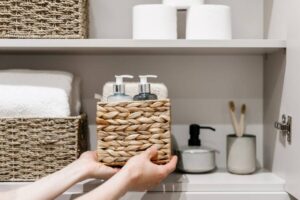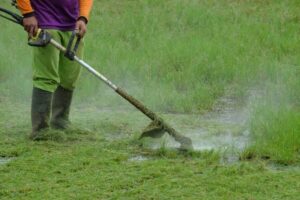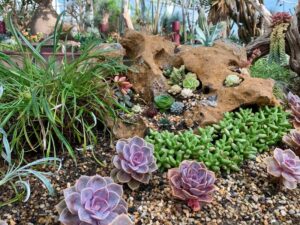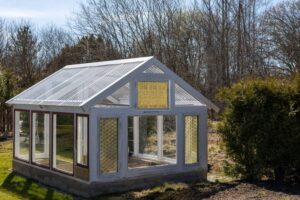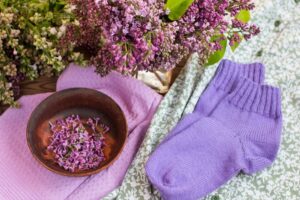For the vast majority of Americans, winter is defined by white. Nevertheless, Florida’s warm winters, which frequently do not experience frost, enable some plants to bloom all year long, illuminating your garden with radiant reds, blues, and pinks even on chilly evenings. Because the Sunshine State is pretty amazing because it’s warm, you have the opportunity to grow (almost) all the plants you want. Flowers are always a nice addition because they are colorful, vivid, and have a pleasant smell.
You can choose from a wide variety of native Florida plants to create your ideal landscape or garden, but we’ve selected some of our favorites that will withstand heat, drought, and humidity while also making your yard the envy of the entire neighborhood.
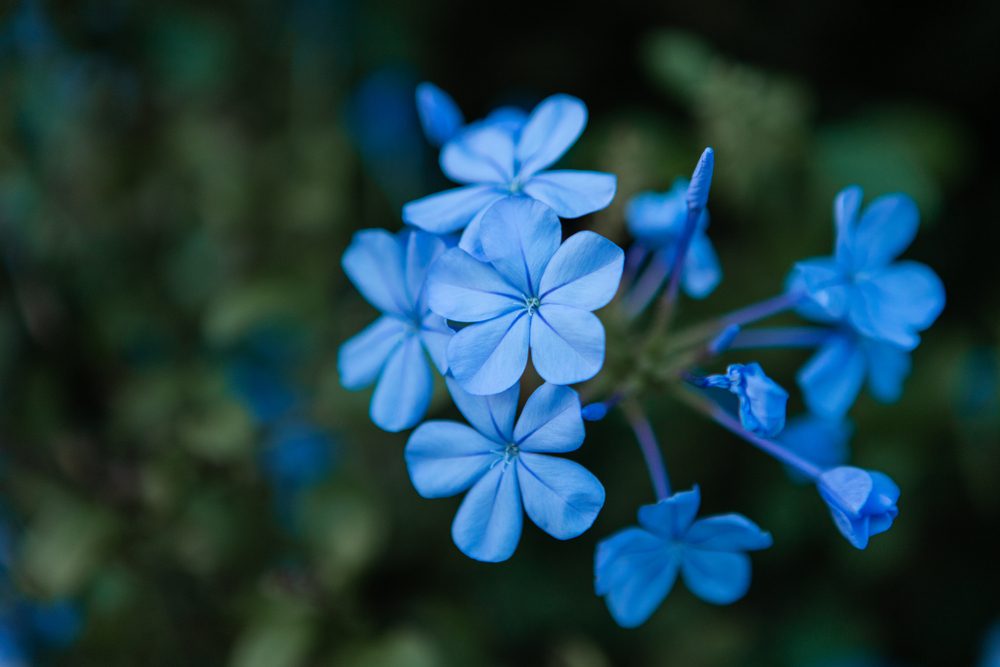
1. Blue daze
These awesome blue flowers bloom all day and sleep during the night or on a rainy day. Blue Daze adores heat and sunlight, so you don’t have to worry about the heat during the summer. Where there is no frost, the flowers can linger late into the fall and winter, although blue daisies are really sensitive to cold. So, considering that it might not survive the winter in North Florida, it isn’t a fantastic decision.
Fortunately, these flowers require little care, and they are easily adaptable to any kind of soil, even if their favorite is the sandy one. Because it’s one of those plants that loves the summer sun, place it where it can get at least 6 hours of direct sunlight every day.
2. Coral Honeysuckle
For fences, arbors, or trellises, this blooming vine with fiery red, trumpet-shaped blossoms is a need! Trumpet honeysuckle, often referred to as coral honeysuckle, blooms in spring and summer with amazingly vivid red tubular flowers. Some variants could even result in yellow!
When this plant is in full bloom, pollinators like hummingbirds, bees, and butterflies will crowd around it, and songbirds will be attracted to the honeysuckle when the blooms turn into berries in late summer and fall. Even when it is not in flower, this plant makes a well-rounded asset to a landscape because the leaves will remain evergreen during the cooler months. Coral honeysuckle doesn’t require too much attention, and it tolerates most soil types, but its favorite is the acidic one. One of the major benefits of this plant is that it’s not toxic, and it doesn’t attract pests.
If you’re not convinced, you should know that this plant has a lovely smell that you can enjoy for weeks or even months!
…psst! To help you with your gardening projects, Amazon has a huge discount on this amazing set. You might want to check it out!
3. Hibiscus
Did you know that there are almost 300 species of hibiscus? All of them are colored differently. The heat and humidity of Florida are ideal for these tropical flowers, and most states will see a variety of them bloom all year. Be cautious because many species cannot survive the chilly winters in North Florida. This flower needs at least 6 hours of sunlight per day. Water the soil twice a week, depending on how warm it is outside, but never let it dry out completely.
Don’t panic when the flowers fall off because the plant isn’t dead! It only lasts two days, or in the best-case scenario, three days.
4. Junipers
Junipers are probably the least pretentious plant on this list. They keep their leaves all year, and they can easily grow in every condition (humidity, for example). They are well-liked landscaping plants all around the country because of these factors.
The foliage of the juniper plant initially resembles needles, but as it grows older, it flattens out and takes on a more scale-like appearance. Some species have foliage that is green, while others have silver, gold, or blue leaves, and some of these species go through seasonal changes throughout the winter.
These are perennial plants that enjoy growing in acidic soil and require full sun. If you have pets, use caution, as they are poisonous to them.
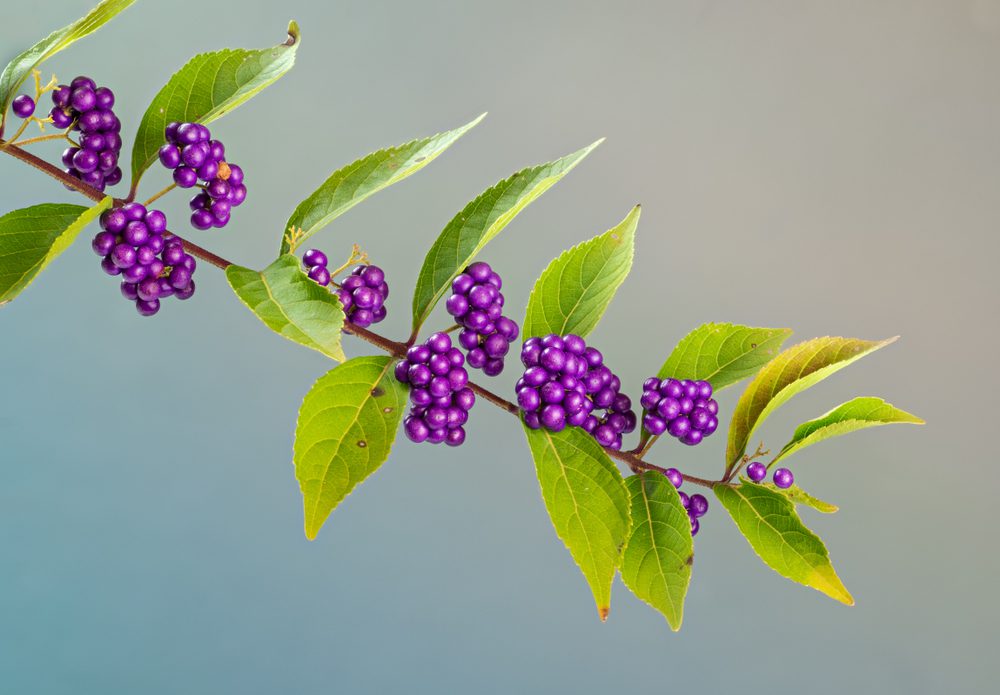
5. Beautyberry
If you like birds, then planting a beautyberry in your garden might be ideal. This amazingly colored plant can be planted at any time of the year; it prefers rich soils but can also be planted in sandy ones. From spring to summer, Beautyberry, often referred to as the American Mulberry, will flourish with delicate lavender-pink flowers along the branches, which will eventually develop into vivid purple, jewel-like fruits by September.
The colorful cluster of purple fruits, which are tightly packed and encircle the plant’s woody stems, will probably be eaten by birds. If not, when the plant loses its leaves, the fruits will continue to grow for a number of weeks.
6. Gerbera daisies
Gerbera daisies are grown as annuals in the majority of the country and die in the winter. However, they are perennials in Florida, particularly in Central and South Florida, where winter temperatures hardly ever fall below their optimum range. Gerbera daisies require some afternoon shade to maintain their flowers throughout the height of summer because the summer months can be a little too severe for them. The blooms will remain for several weeks and might appear at any time of the year. Trim off the wilting blooms to allow the plant to blossom once more.
Gerberas prefer acidic soil and do not require daily watering; in fact, once a week is sufficient. Don’t worry about kids and pets staying around this plant because it isn’t toxic.
7. Passion Flower
Look for passion flower if you want a unique, striking addition to your garden. Despite appearing frail, the passion flower can withstand even the driest and harshest summers in Central Florida. Large, deep indigo flowers with five petals and curling fringe are produced by this perennial flowering vine, which is ideal for a trellis or fence. The flowers range in size from 3 to 5 inches and come in lavender or purple hues. Each blossom in the summer and early fall lasts for approximately a day before turning into a green fruit (which is edible but reportedly not very tasty). Regardless of whether or not it blooms, the evergreen foliage makes this a lovely accent plant all year.
This plant can grow in almost any type of soil; it can easily tolerate dry conditions, and it definitely loves the sunlight. If you love a garden full of butterflies, then having this amazing plant is a must!
8. Petunias
These plants can be found in almost every color with smooth petals. Petunias usually bloom during the summer, but if you’re living in Florida, you’re lucky because of the climate; they can bloom throughout the entire year. They usually love the sunlight, but in order to protect them, you can also move them to a shady place, especially during the peak of summer when it’s pretty warm outside. Petunias require water only once a week, and the recommended soil for them is a slightly acidic one.
Takeaway:
Most people imagine gardeners working in the spring and summer heat, but your plants could benefit from some help all year. Winterizing your garden is a good idea every year as the chilly season draws near, since it basically means getting your plants ready for the cold so they have a better chance of surviving. “But winters in Florida are mild,” you might think. That’s true, but you should do this anyway to get it ready for a fresh year of growth, even though the majority of Florida doesn’t freeze.
We hope you enjoyed this article because we have a lot more! Maybe you’d like this one as well.


